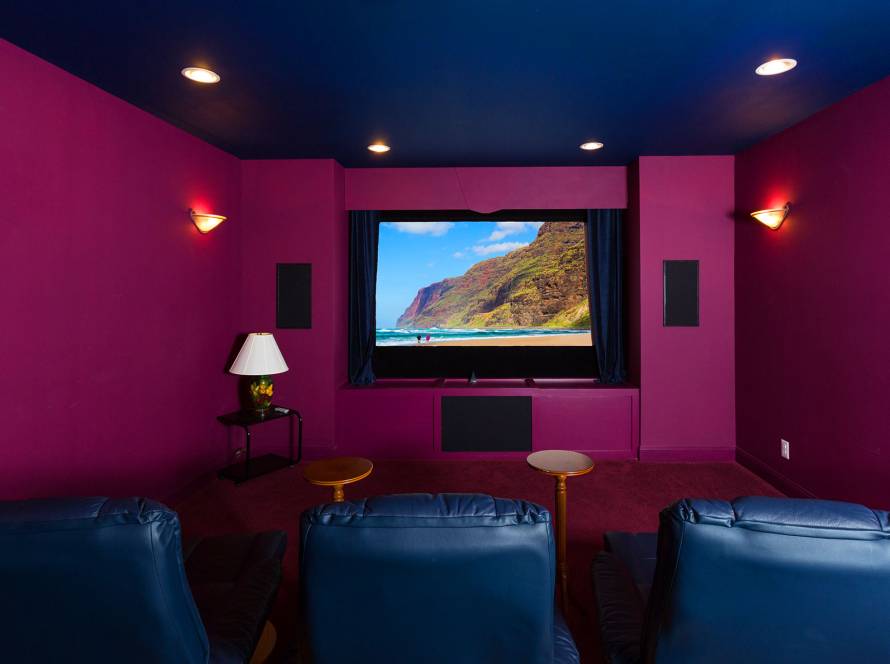Sound is invisible, but speakers usually aren’t. Traditional setups put audio gear front and center: towers, stands, wires everywhere. Hidden speakers, by contrast, disappear into ceilings or walls, leaving behind only the sound. No clutter. No visual noise. Just pure listening.
But does invisible sound mean compromised performance?
The Case for Hidden Speakers
For spaces where design and experience walk hand in hand, think conference rooms, luxury boutiques, modern homes, hidden speakers aren’t just a choice. They’re a statement.
They offer:
- A clean, uninterrupted aesthetic
- Protection from accidental bumps or tampering
- Wider sound dispersion without visible direction
- Freedom for architects and designers to dream without limits
It’s audio that respects the architecture.
The Strengths of Traditional Setups
In contrast, traditional speaker systems aren’t shy. They announce themselves, delivering both presence and performance. With traditional setups, you get:
- More flexibility in placement and upgrades
- Easy access for tweaks, repairs, or fine-tuning
- Often stronger bass and depth, especially in larger rooms
For large venues, studios, or performance-driven environments, visibility sometimes equals capability.
Conclusion
Today, there’s no need to pick sides completely. Some of the most breathtaking spaces blend both worlds, hidden speakers for clean design, and visible units where performance counts most.
Ultimately, good sound should be felt, not flaunted. Whether it’s tucked into the ceiling or standing tall at the front of the room, the best system serves the space and disappears into the experience.



